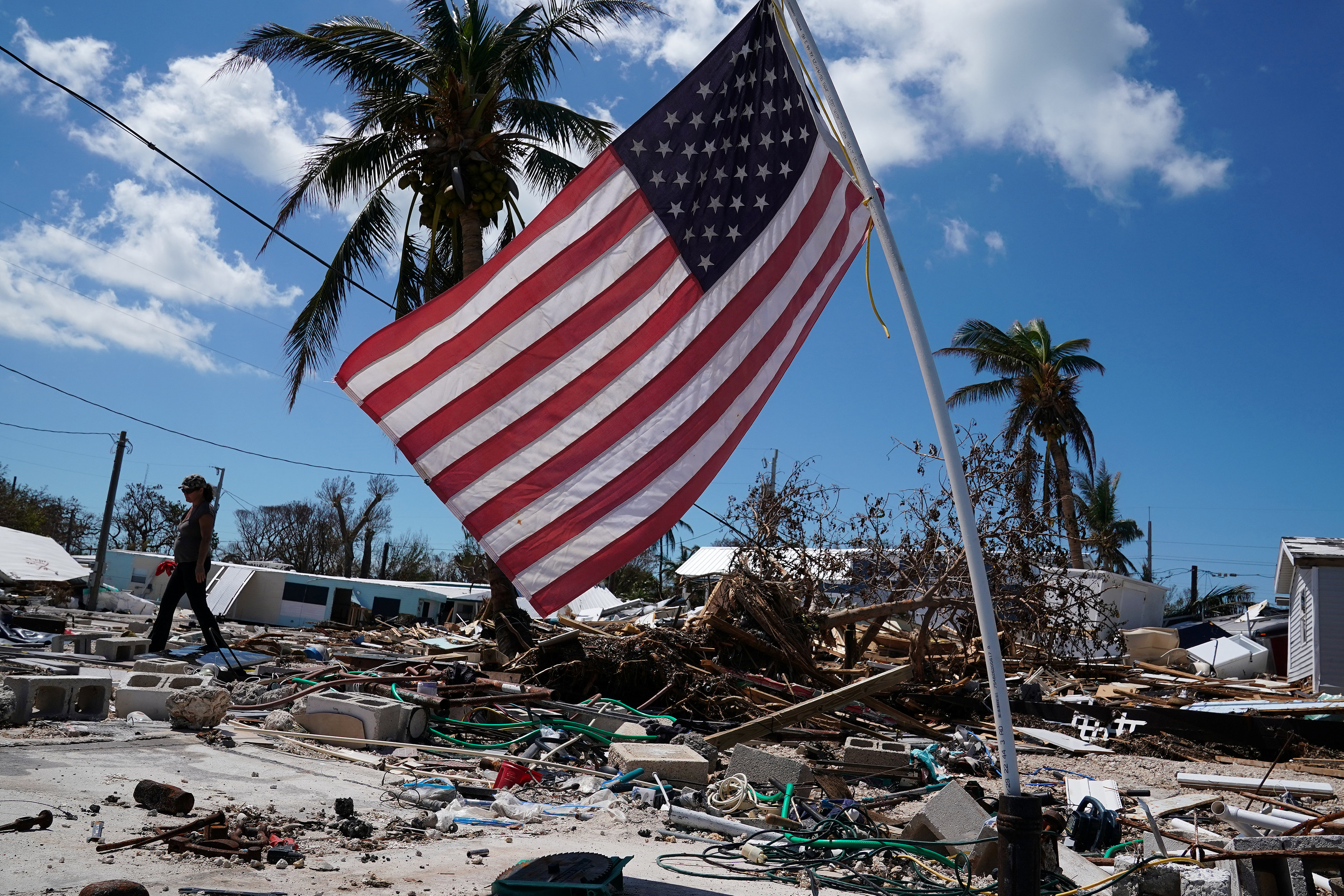
ADDIS ABABA (Reuters) -Authorities in the Ethiopian capital Addis Ababa on Tuesday urged residents to prepare to defend their neighborhoods after forces from Tigray region, who have been fighting the central government for a year, indicated they could advance on the city.
People should register their weapons and gather in their neighborhoods, the city administration said in a statement carried by the Ethiopian News Agency.
House-to-house searches were being conducted and troublemakers arrested, the statement said.
“Residents can gather in their locality and safeguard their surroundings,” the statement added. “Those who have weapons but can’t take part in safeguarding their surroundings are advised to handover the weapon to the government or their close relatives or friends.”
The appeal came after the Tigray People’s Liberation Front (TPLF) claimed to have captured several towns in recent days and said it was considering marching on Addis Ababa, about 380 km (235 miles) to the south of their forward positions.
Federal government spokesperson Legesse Tulu did not respond to a request for comment.
People moved around the capital as normal on Tuesday, with one woman saying she had not heard of the latest directive.
“I will try to buy food commodities in advance. But so far I haven’t yet purchased anything,” said the woman, who asked not to be named.
Another resident, a Tigrayan, said he was frightened because of a rise in ethnic slurs and incitement to violence against Tigrayans on social media.
“They may come up with stories that could create violence against Tigrayans,” he said. There have previously been several police round-ups of Tigrayans in Addis Ababa. Authorities denied it was due to their ethnicity.
The governments of four of the country’s 10 regions also called upon Ethiopians to mobilize to fight against the Tigrayan forces, state-affiliated Fana TV said.
The conflict started over the night of Nov. 3, 2020, when forces loyal to the TPLF – including some soldiers – seized military bases in Tigray, a northern region. In response, Prime Minister Abiy Ahmed sent more troops there.
The TPLF had dominated national politics for nearly three decades but lost much influence when Abiy took office in 2018 following years of anti-government protests.
Relations with the TPLF soured after they accused him of centralizing power at the expense of Ethiopia’s regional states – an accusation Abiy denies.
TOWNS CAPTURED
TPLF spokesperson Getachew Reda said that if the Tigrayan forces and their allies succeeded in removing the government, they would establish an interim government.
“If the government falls, we will definitely have an interim arrangement,” he said.
There would also need to be a national dialogue, he said, but Abiy and his ministers would not be asked to take part.
“They will have their day in court,” he said.
The government has also said it wants to take TPLF leaders to trial.
The TPLF has claimed the capture of Dessie, Kombolcha and Burka, all in the Amhara region, in recent days.
A government spokesperson disputed the capture of Dessie and and Kombolcha but later released a statement saying TPLF “infiltrators” had killed 100 youths in Kombolcha.
Spokespeople for the government, military and the Amhara region did not return calls seeking further comment on Tuesday.
On Monday night, Tigrayan forces said they had linked up with fighters from an Oromo force also fighting the central government. The Oromo are Ethiopia’s biggest ethnic group. Many of their political leaders are currently in prison.
U.S. ALARM
The conflict in what was once considered a stable Western ally in a volatile region has plunged around 400,000 people in Tigray into famine, killed thousands of civilians and forced more than 2.5 million people in the north to flee their homes.
The U.S. Special Envoy for the Horn of Africa said on Tuesday Washington was alarmed by the deteriorating humanitarian situation in the north and urged all sides to find ways to de-escalate and let aid in.
Jeffrey Feltman said Washington was seeing signs of famine and near-famine and that it was mostly government restrictions that were preventing humanitarian help from getting to people.
The government had denied blocking food aid.
Also on Tuesday, U.S. President Joe Biden’s administration accused Ethiopia of “gross violations of internationally recognized human rights” and said it planned to remove the country from the African Growth and Opportunity Act (AGOA) trade agreement which gives it duty-free access to the United States.
When he first came to power, Abiy enacted significant political reforms but rights groups say many of those freedoms have since been rolled back.
He was awarded the Nobel Peace Prize in 2019 for ending a long-running border conflict with Eritrea. Troops from Eritrea, whose president is an arch-enemy of the TPLF, later entered Tigray to support Ethiopian forces.
The Eritreans pulled back from most of Tigray in June after many reports of major human rights violations, but if they returned, their presence could slow the TPLF advance. The Eritreans denied responsibility for any abuses.
(Reporting by Addis Ababa newsroom, Maggie Fick and Katharine Houreld in Nairobi, Humeyra Pamuk and Simon Lewisin Washignton; Editing by Angus MacSwan)















